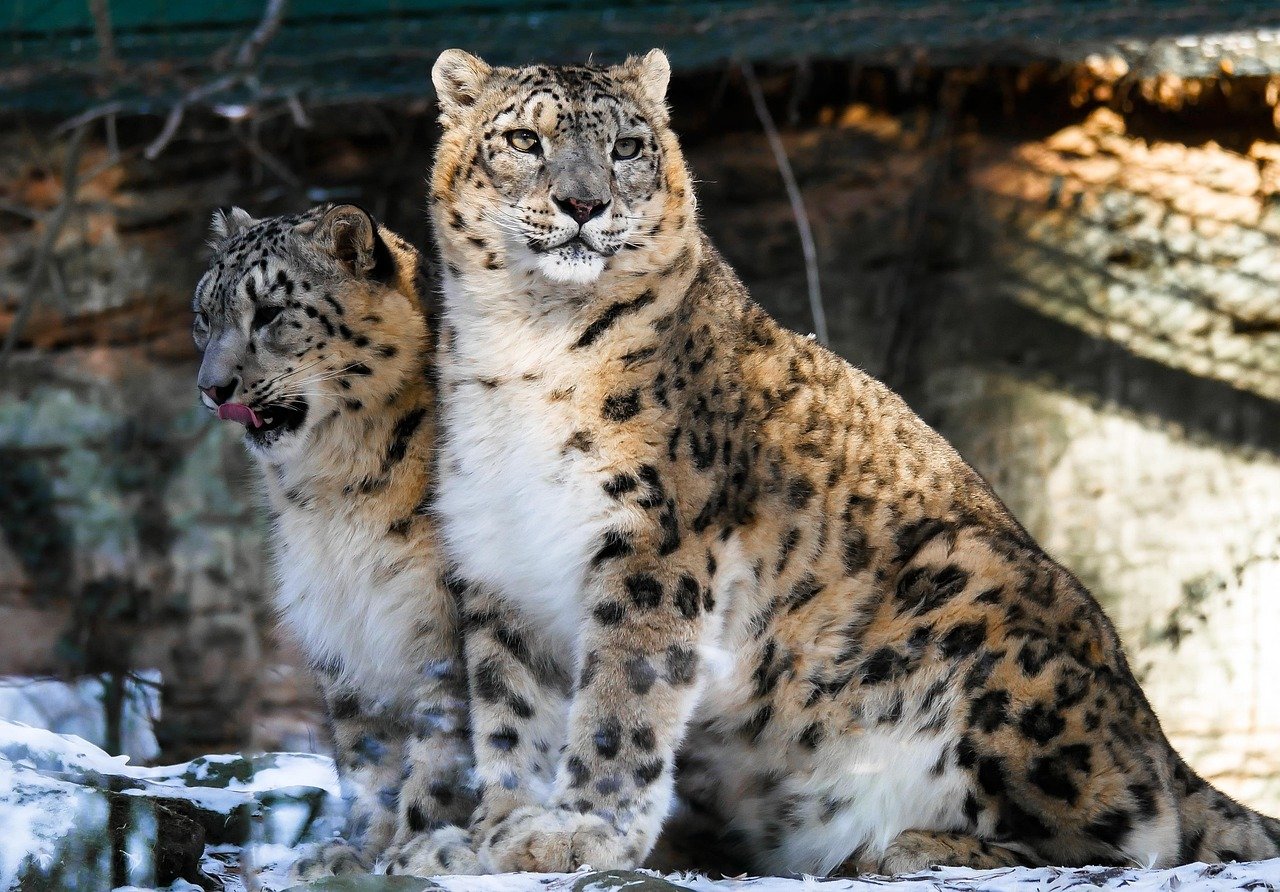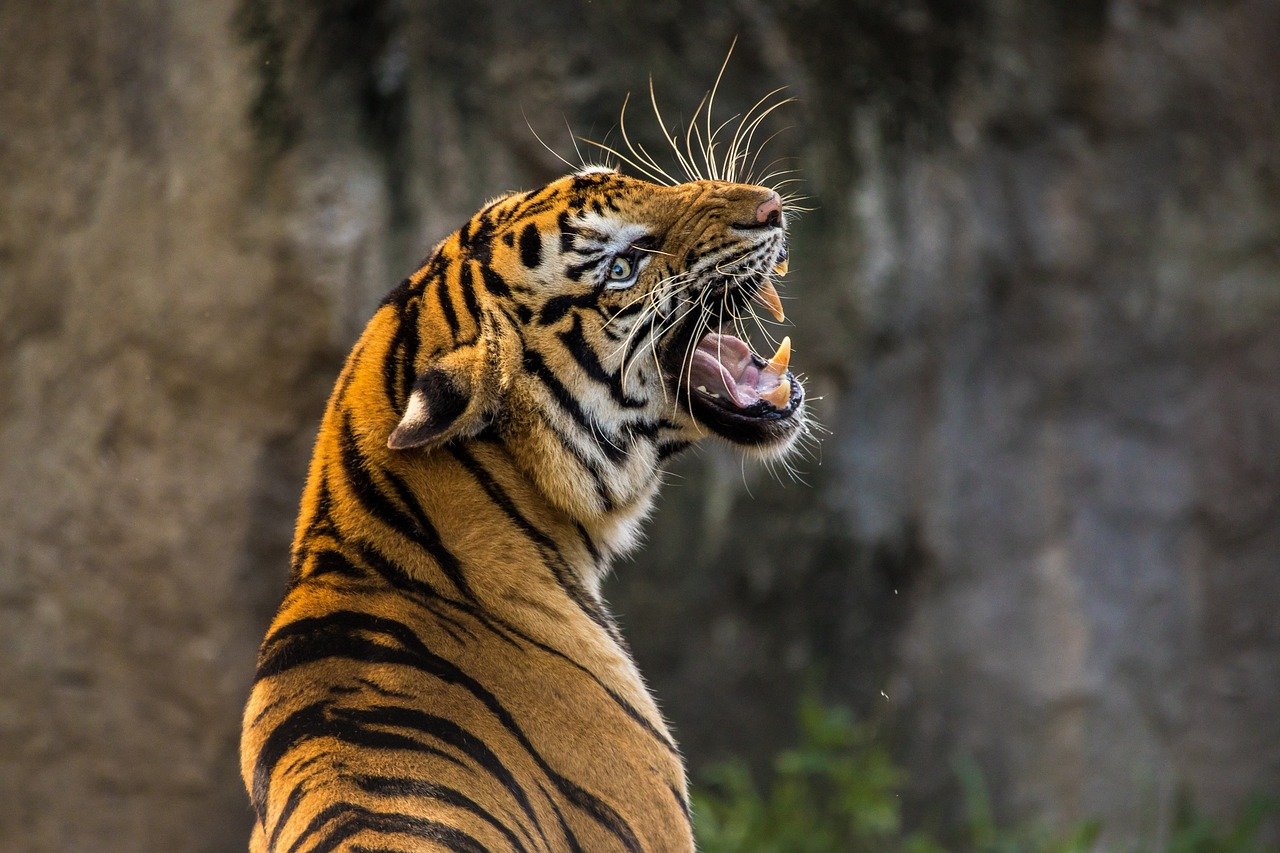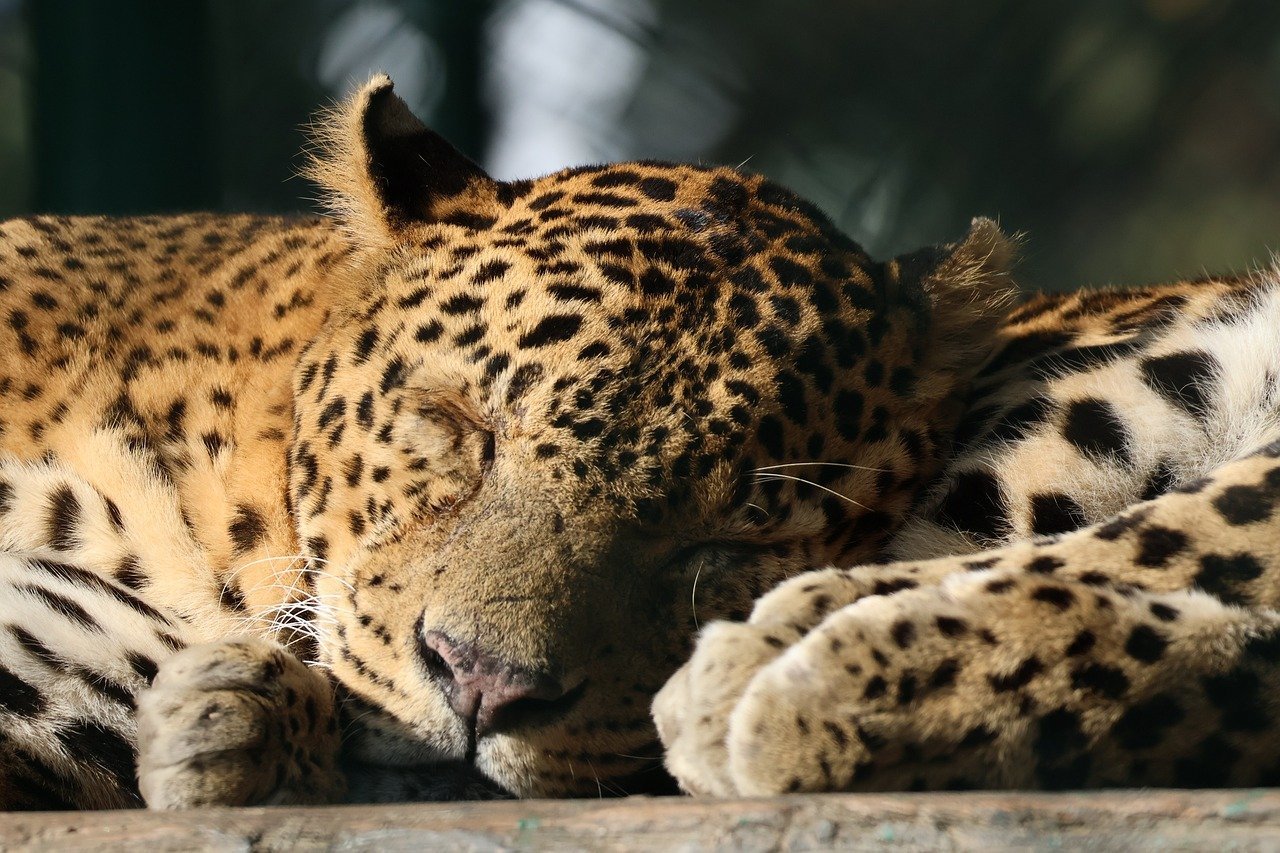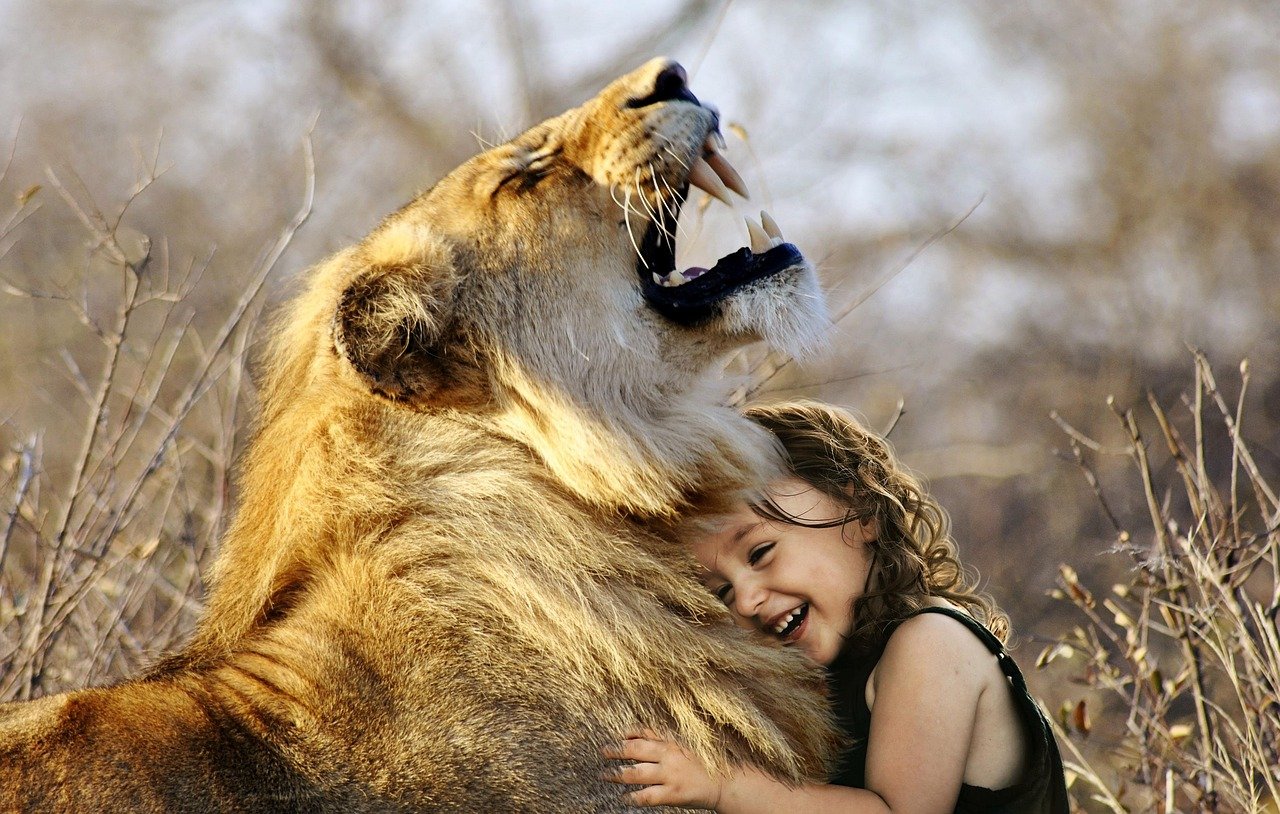Supporting a big cat sanctuary is a noble cause, and it’s one that many animal lovers feel passionate about. These majestic creatures deserve a safe haven where they can live free from harm and exploitation. However, with numerous sanctuaries claiming to offer refuge, it can be challenging to determine which ones genuinely prioritize the welfare of the cats. This article will guide you through the essential factors to consider when deciding which big cat sanctuary is worthy of your support.
Understanding the Sanctuary’s Mission

The mission statement of a sanctuary can tell you a lot about its priorities and goals. A genuine sanctuary will focus on the rescue, rehabilitation, and lifelong care of big cats. They often have educational programs aimed at raising awareness about the plight of these animals. Look for sanctuaries that emphasize conservation and reject breeding and commercial exploitation. The mission should convey a clear commitment to the well-being of the animals rather than entertainment or profit.
Assessing the Living Conditions
The living conditions within a sanctuary are crucial for the health and happiness of its residents. Big cats require spacious enclosures that mimic their natural habitats as closely as possible. This includes areas for climbing, hiding, and playing. Sanctuaries should provide sufficient space for cats to roam and express natural behaviors. A visit or virtual tour can help you assess the cleanliness and adequacy of the facilities. Remember, a clean and enriching environment is a strong indicator of a sanctuary’s dedication to animal welfare.
Researching the Sanctuary’s Reputation

Before supporting a sanctuary, it’s wise to research its reputation. Look for reviews and testimonials from visitors and volunteers. Positive feedback often highlights the sanctuary’s commitment to its animals and its transparency with the public. Be wary of sanctuaries with numerous complaints about animal welfare or management issues. Reputable sanctuaries often collaborate with other conservation organizations and are recognized by animal welfare groups, which can add credibility to their operations.
Evaluating the Sanctuary’s Financial Practices
Financial transparency is essential for any organization, especially one that relies on public donations. A legitimate sanctuary should openly share where its funds are allocated. The majority of the budget should go towards the care and enrichment of the animals, including food, medical care, and habitat maintenance. Avoid sanctuaries that seem more focused on marketing or lavish facilities for visitors rather than improving living conditions for the cats. Financial reports or audits can often be requested or found online.
Checking for Accreditation
Accreditation by a recognized animal welfare organization can be a strong indicator of a sanctuary’s credibility. Organizations like the Global Federation of Animal Sanctuaries (GFAS) have strict standards for the care and management of animals. Accreditation ensures that the sanctuary meets or exceeds these standards, providing you with peace of mind that your support is going to a worthy cause. However, not all sanctuaries can afford accreditation, so it’s important to consider other factors as well.
Understanding the Sanctuary’s Policies on Breeding and Interaction
A reputable sanctuary should have a strict no-breeding policy. Breeding big cats in captivity often leads to more animals that need care without contributing to conservation efforts. Additionally, sanctuaries should limit direct human interaction with the cats. While it might be tempting to support places that offer close encounters, these practices can be stressful and harmful to the animals. Look for sanctuaries that prioritize the natural behavior and autonomy of their residents.
Investigating the Sanctuary’s Conservation Efforts
Many sanctuaries are involved in broader conservation efforts beyond their immediate care of animals. This can include research, advocacy, and educational programs that aim to protect big cats in the wild. Supporting a sanctuary with strong conservation initiatives can amplify the impact of your contribution. It shows a commitment to not only caring for animals in captivity but also preventing the factors that lead to their endangerment.
Assessing Volunteer and Education Opportunities

Sanctuaries with volunteer programs and educational opportunities often have a broader impact. These programs can indicate a commitment to raising awareness and fostering a community of conservation-minded individuals. Volunteering can also provide you with firsthand experience of the sanctuary’s operations and values. Educational programs, whether in-person or virtual, should focus on the importance of conservation and the challenges faced by big cats in the wild.
Reviewing the Sanctuary’s Staff and Expertise
The expertise and dedication of a sanctuary’s staff are vital for the proper care of big cats. Staff should include trained professionals such as veterinarians, animal behaviorists, and experienced caretakers. A knowledgeable team ensures that the animals receive the best possible care and that their needs are consistently met. Additionally, staff should be passionate about their work and willing to share information about their practices and the challenges they face.
Considering Your Personal Connection

Finally, consider your personal connection to the sanctuary. Supporting a cause you feel passionately about is important, and a personal connection can deepen your commitment. Whether it’s a sanctuary’s specific mission, a particular cat you’ve learned about, or the sanctuary’s broader conservation goals, finding a connection can make your support more meaningful. Trust your instincts and choose a sanctuary that aligns with your values and vision for protecting big cats.
In conclusion, choosing the right big cat sanctuary to support involves careful consideration of various factors. By focusing on mission alignment, living conditions, reputation, financial transparency, and conservation efforts, you can ensure your support goes to a sanctuary that truly prioritizes the welfare of its residents. Remember, every contribution helps these magnificent creatures live better lives, and your thoughtful support can make a significant difference.

Growing up traveling and experiencing new cultures and wonders, I have had a passion for nature, adventuring, photography, and videography. I am currently working towards a BSc in Biodiversity and Ecology at Stellenbosch University, and I hope to specialise in Marine Sciences one day.
Please send any feedback to Feedback@animalsaroundtheglobe.com






